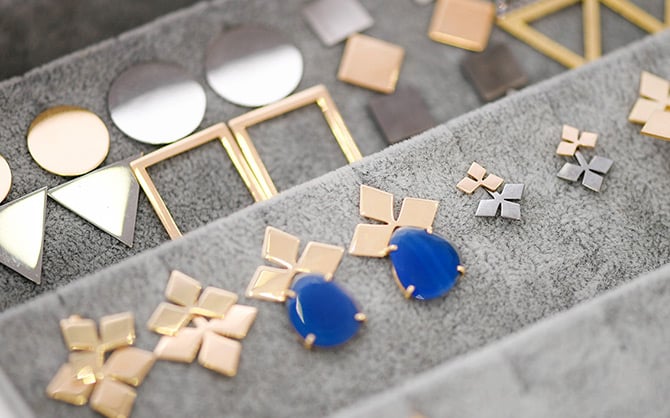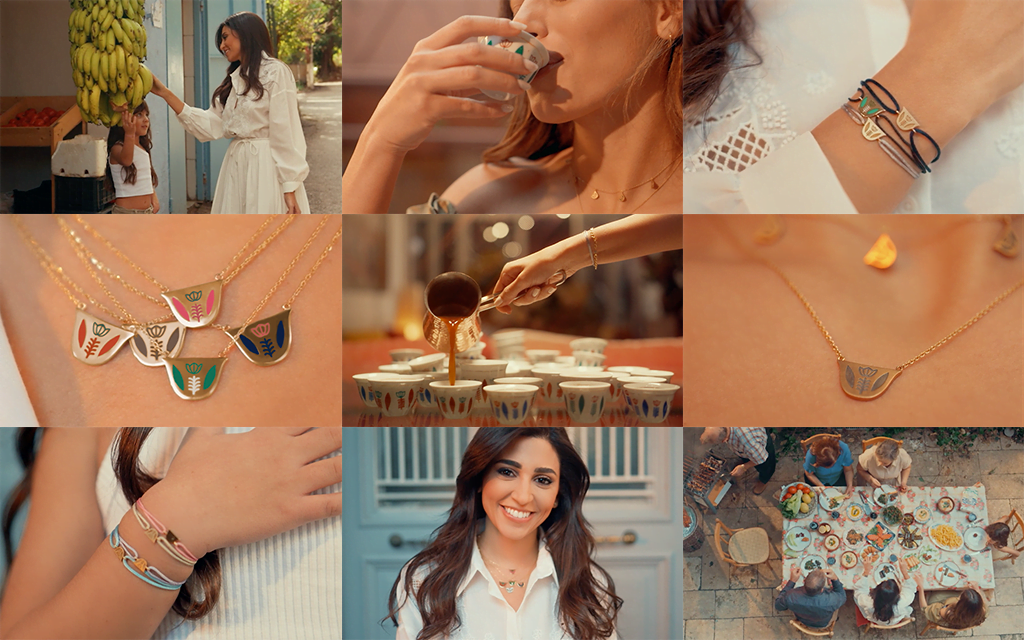Just as it comes in all shapes and forms, gold equally comes in a variety of colors. It is worth noting that gold is naturally yellow and only yellow. Any other color of gold is an alloy, which is a metal made by mixing different metallic elements. These alloys vary in nature and can even alter the color of gold from its original yellow to almost any desired color of your choice. Here’s a glimpse of some of those shades and a brief explanation on how the hues came to be:
1. Yellow Gold
The original color of gold is yellow. Changing the purity of the gold is possible with the addition of alloys. Silver, zinc, and copper allow for that to happen without changing the shade of yellow found in pure gold. The difference, however, would be in the tone of the yellow color; pure 24K gold is bright yellow, and less pure types are not as bright.
2. White Gold
To change yellow gold into white, alloys such as nickel, manganese, palladium, or platinum are usually added. To make 18K and 14K white gold, a combination of zinc, copper, and nickel is added to the gold. In this case, the lower the percentage of gold, the whiter and the more affordable the jewelry is.
3. Rose Gold
The mixture of yellow gold with copper and a small portion of silver is what results in the delicate rose color we see in many types of jewelry today. Because copper is cheap, rose gold is usually much more affordable than white and yellow gold.
4. Pink Gold
To get this shade, a combination of different alloys must take place. The mixture should include double the amount of silver with the gold and copper blend.
5. Red Gold
The same components of rose or pink gold are used to give gold a reddish hue – but with higher copper content and no silver. Silver blended with gold and copper can balance the red effect of copper. If it’s not added, you would end up with bright red gold.
6. Black Gold
Black gold can be made through oxidation using gold and cobalt, electroplating by adding an outer layer to give it a black color, heating enamel on its surface, or simply dying it black.
7. Green Gold
Green is the color that results from mixing gold with silver. Sometimes green gold, also known as electrum, is also mixed with copper, cadmium, or zinc.
8. Blue Gold
When gold is mixed with iron, gallium, or indium, the result is blue gold.
9. Purple Gold
If aluminum is used as an alloy with gold, it transforms the golden hue to purple.
Aside from shades of gold, there are also different types of gold that are used in the manufacturing of jewelry. We’ve compiled a brief summary of the types that’ll give you an idea of what to be looking for the next time you go gold shopping. Check it out here.




